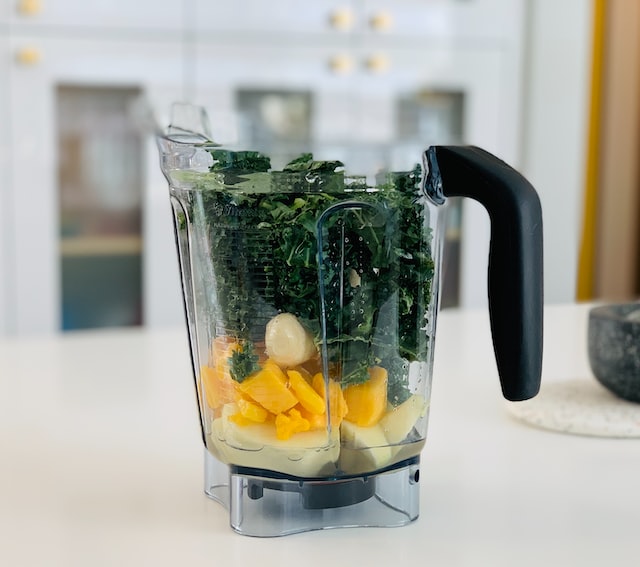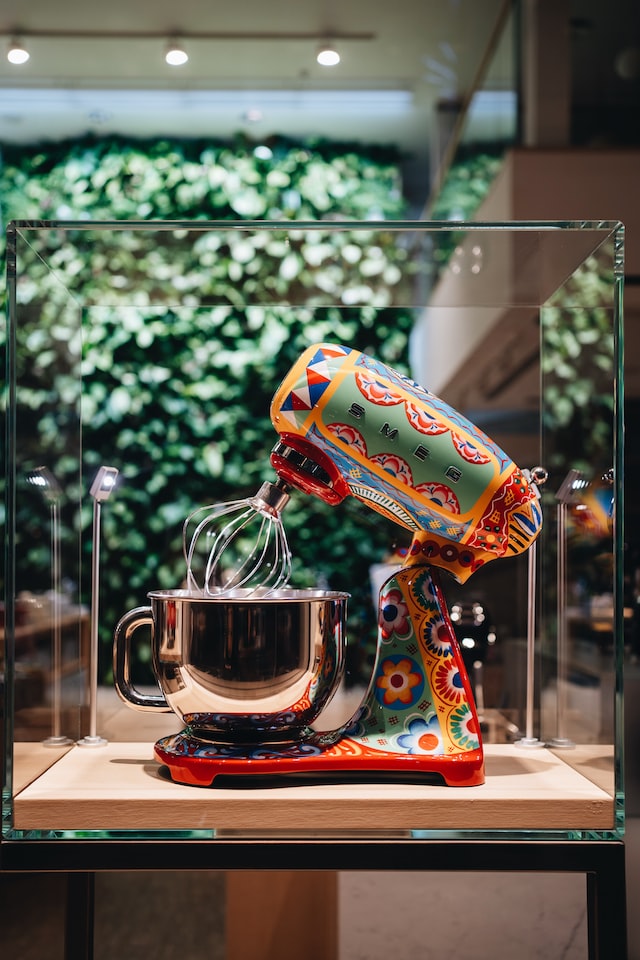Consider several factors when choosing a fluidizer blender. They include the speed at which it can mix liquids, the durability of the motor, and its ability to blend food efficiently. By knowing these three factors, you can make an informed choice.
Variable frequency drive
Variable frequency drives are designed to provide variable speed control for fluidizer blenders. It allows for the gentle handling of the material being conveyed. They also improve process control and provide increased reliability.
The most common type of motor control is Volts-per-Hertz (V/f) control. V/f controls can adjust the frequency of a drive output to a predefined curve. These controls require little to no programming.
A standard method for controlling VFDs is through contractors. Typically, these contractors turn on the drive when power is applied. However, this method is only suited for some applications.
A more advanced control system can also be used. Modern VFDs use microcontrollers with significant memories. Software is also available for these drives.
These controllers are designed to optimize energy consumption and can help improve the performance of the equipment they control. For example, a VFD can control a vacuum pump to its maximum output speed based on its inlet pressure.
A VFD can also ramp down or ramp up the voltage and speed of the motor to suit its load. The ramp rate defines the time it takes to reach its total frequency.
Anti-gravity blenders
Suppose you’re in the business of manufacturing products or looking to increase the efficiency of your industrial process. In that case, consider incorporating an anti-gravity blender into your line of work. These machines can mix various materials, from powders to free-flowing liquids, and help you achieve an even mix.
For the most part, an anti-gravity blender consists of a cylindrical hopper. However, the blender’s control panels vary depending on the material being processed. Some models range from five cubic feet to more than 1200 cubic feet.
There are also models designed specifically for the food industry. They are usually constructed of durable stainless steel and feature welded connections. It improves the quality of the connection and makes cleaning easier.
Mixers vs. blenders: what is the difference?
Mixers and blenders are two kitchen appliances that have become staples in our households. While both have merits, there are several reasons to choose one over the other.
Mixers are the perfect tool to knead the dough, whip creme for waffles, or create an array of different batters. They also come with various attachments, making them more versatile in the kitchen.
Blenders, on the other hand, are a great way to mix soups and smoothies. The blender is the better appliance for breaking down solids, while mixers work best for combining liquids. Regardless of the device, it would be best if you always got a blender with high-quality blades.
The first and most obvious difference between a blender and a mixer is size. You’ll need to consider the size of your counter space. A compact model may be more suited for your needs. Alternatively, you may opt for a more giant, rectangular-shaped mixer.

Ribbon blenders
Depending on the application, a ribbon blender is a versatile machine. It is used in a variety of industries, including food and cosmetics.
A ribbon blender is designed to mix powders in a well-balanced flow pattern. It can also serve as a granulator, coater, and paste mixer.
The most common operation performed by a ribbon blender is powder blending. However, there are many more options available. Some optional features include high-polish internal surfaces, PLC controls, pneumatic dust-tight valves, and bag dump stations.
Mixing solids of different particle shapes can be a challenge. The most effective blenders for this type of application are ribbons with different diameters. In addition to ensuring optimal mixing, they help to minimize attrition.






Leave a Reply